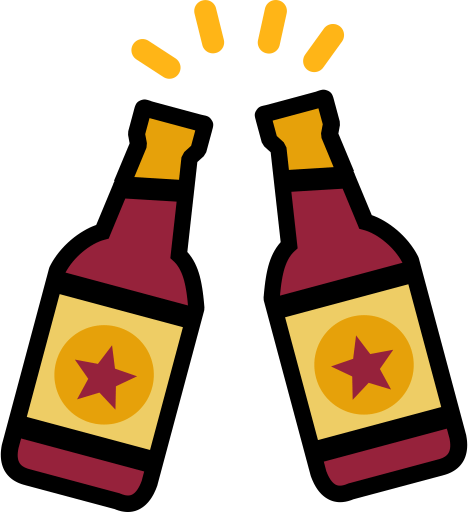In the past, I only ever did top fermenting styles. I had to depressurise my bottles sometimes even more than once (using swing top bottles, luckily, this is not too awful). Now I made a Vienna Lager and even though I can‘t even really cold crash the bottles (I have them sit outside at maybe 10°C instead due to a lack in fridge space), my secondary fermentation is way slower than I’m used to. Is that to be expected?
With ales, I opened the bottles the day after starting secondary, and it sometimes was a deafening bang already. Now, I waited maybe even two days and haven‘t got more than a shy little pop.
I used powdered sugar (mixed with sterile water 1:1) to feed the yeast in secondary fermentation because I didn‘t have anything else in the house when I found the time to bottle. Is that maybe an issue?


Doesn’t alcohol lower the density of the liquid, so that a hydrometer reading should have to be corrected as well to some degree? You sure now better than I do, but that was my impression.
Other than that, do you have a source for the numbers you mentioned? Something were I can go look stuff up myself, e.g. when I’m about to brew something very different?
Tldr of this measurement is that density is affected only negligibly (with low concentration of alcohol). Refractive index changes a lot.
These numbers were “discovered” by trying, maybe from some 15 yo Czech seminar my dad attended when he started. I just know that it works.
For sugar I am adding the least amount possible- it has some already ~3.5 °Bx and I don’t want bombs.